Time for Something New On Your Walls?
Have you been staring at the same wallpaper for so long you can draw it without looking? Maybe your wallpaper is showing its age with some wear and tear? If so, it may be time to update it. People’s tastes and styles change, so it’s common to try and find a new look for the home. This may be the perfect opportunity to get something new! Whether it be new wallpaper or wall paint, proper removal of previous wallpaper is essential.
Improper removal can leave an incomplete foundation for a new look, such as bumps in the paint. Before we get into the processes, which are further down, find out when you should remove it.
Click A Link To Jump To That Section
Removing Various Types Of Wallpapers
When to Definitely Remove Wallpape
Are you trying to paint over or re-paper without removing the current wallpaper? It’s not always so easy. You’ll definitely need to remove it if:
- There is/may be more than a single layer of wallpaper
- There is a vinyl, foil, or plastic film. Wallpaper adhesive doesn’t stick well to these surfaces
- You’re planning on hanging vinyl wallpaper. The glue for this doesn’t play well with other glues
- Existing wallpaper is a grasscloth, burlap, or cork material
- The wallpaper makes crinkling sounds when you run your hand over it
- There are tears at the wall corners
If any of these conditions are met, taking off the wallpaper is the best route. It also may not work out if you don’t identify the type of wall and wallpaper you’re working with, which the next section covers.
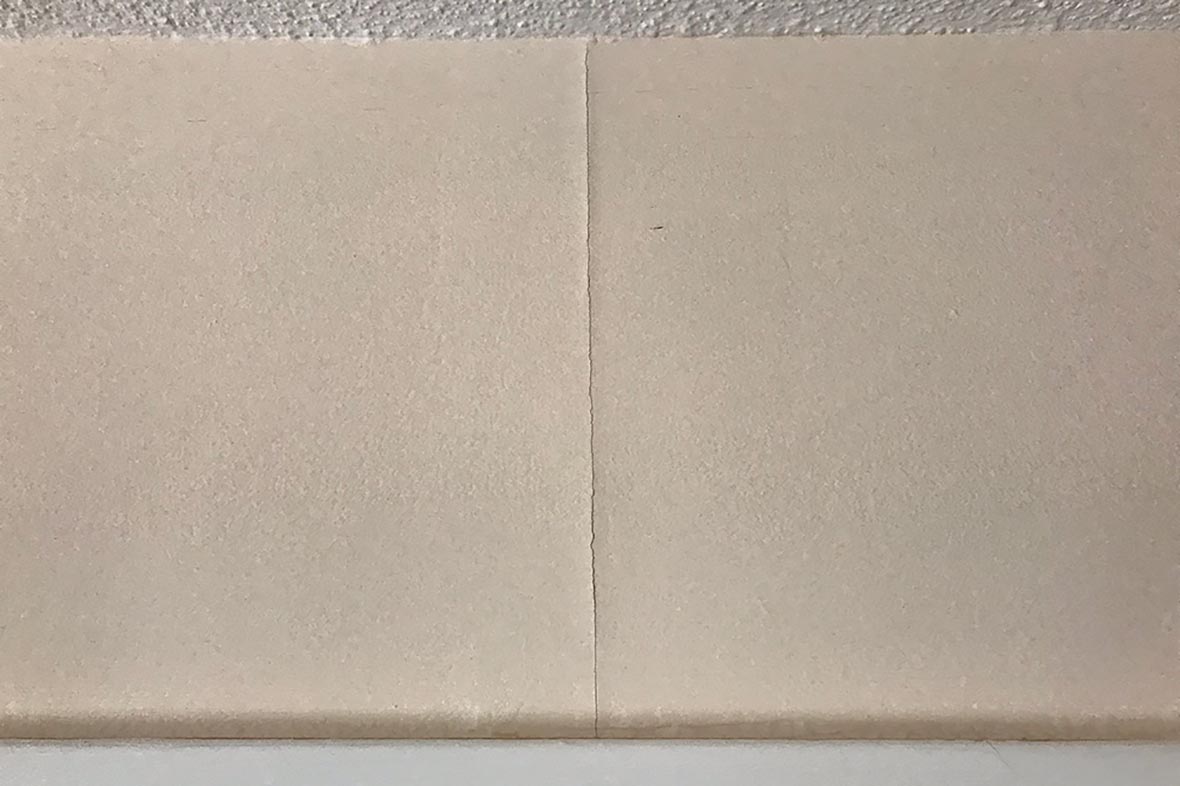
Identifying Wall and Wallpaper Type
Know your enemy. Well, your walls and wallpaper aren’t a foe, but you’ll still want all the information you can get. Here’s how you can find out what you’re working with:
Plaster Walls
Plaster walls are more solid and produce a dull sound when you knock on it (in other words, no echo). They hurt if you hit them.
Drywall Walls
If you have a house newer than 50 years, you probably have a drywall setup. These walls produce a hollow sound when you knock on it. Drywall is more fragile than plaster, so be cautious when using a wallpaper scraping tool.
Now here’s how to identify wallpaper type:
Strippable Wallpaper: Using a putty knife, loosen a corner of the wallpaper and try to peel it off. If it comes right off, it’s strippable.
Peelable Wallpaper: Loosen a corner with a putty knife, then try to take it off. If the wallpaper peels but leaves a paper backing behind, it’s peelable.
Traditional Wallpaper: Use a putty knife to loosen a corner and try to peel it off. If the paper won’t move, it’s traditional and needs water and a chemical stripper for complete removal.
Before we get into the different processes, let’s learn how to set up the room first.
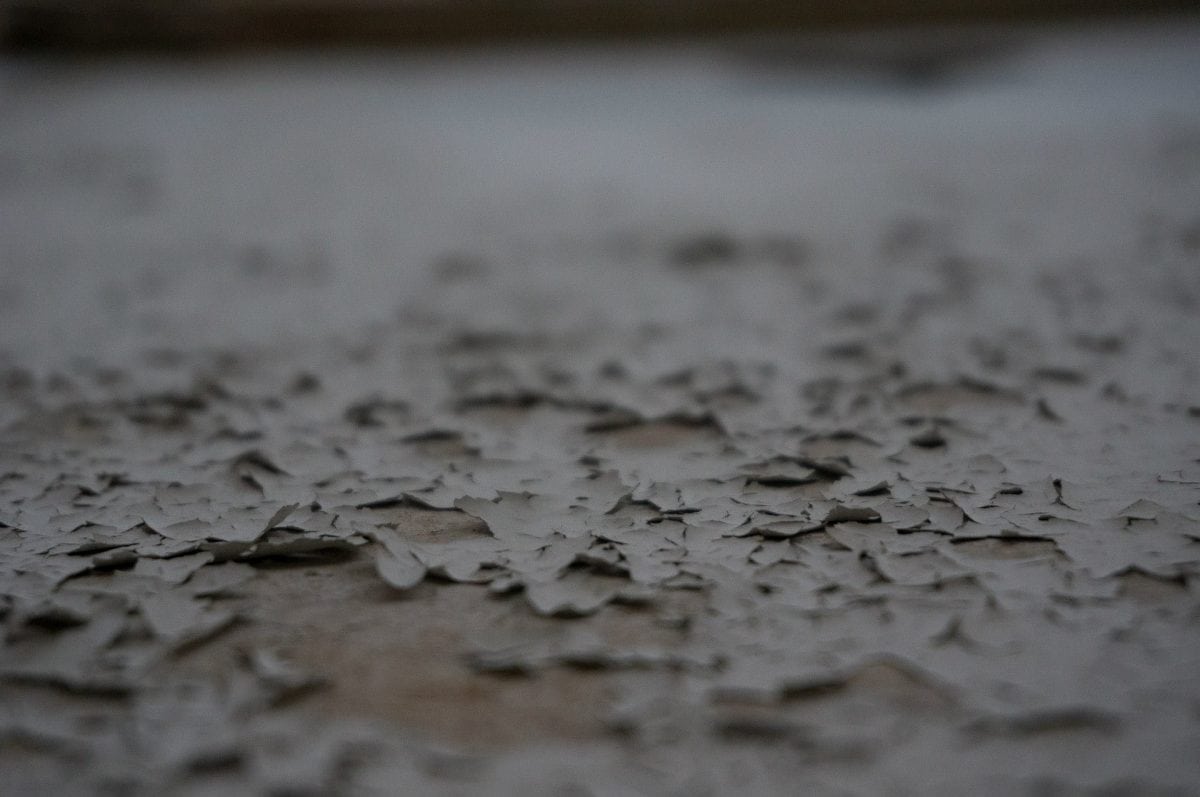
Set Up To Remove Wallpaper
Don’t go in and start stripping immediately. Removing wallpaper can be dirty work, so you’ll want to prepare the room in a similar fashion as preparing a room for painting:
- Everything comes off the walls. Anything that can be taken out needs to be, cover everything else.
- To make cleanup easier, put towels along the baseboards, spread dropcloths over them, then tape them down.
- Turn off power to the room so you can cover the outlets and switches with painter’s tape. This is to avoid extra cleanup and accidental electrocution.
An average-size room project can take a day to prep. After it’s done, you can start stripping the walls! Well, after you read the materials list and make sure you have everything. Keep reading to find out what you need.
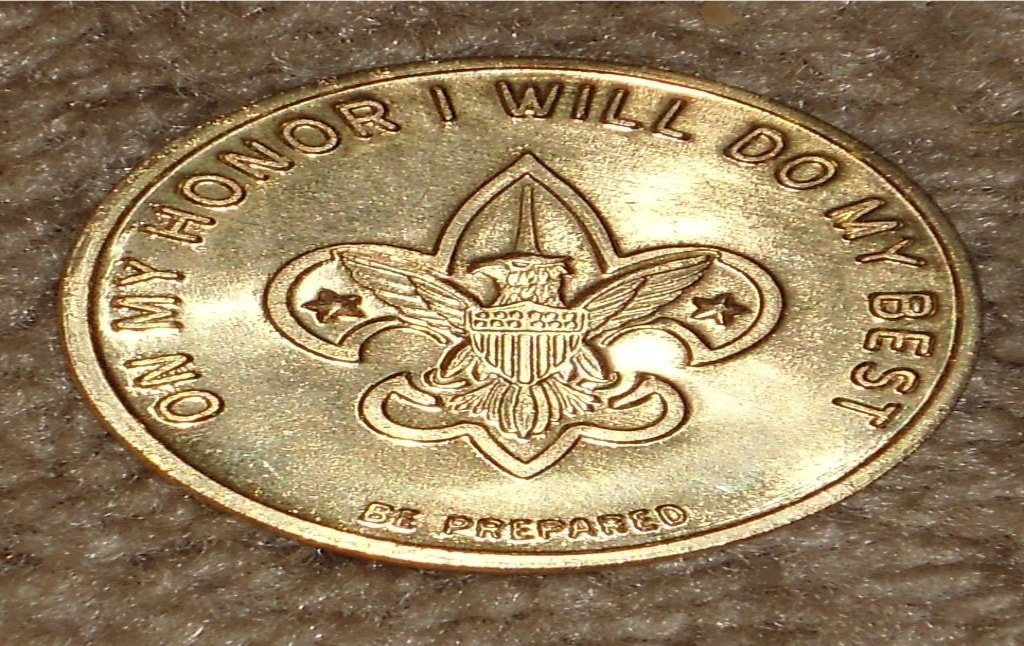
Removing Traditional Wallpaper/Strip with Water
Materials
- Wallpaper stripper and water
- Spray bottle/garden sprayer/paint roller (whichever you prefer)
- Putty knife
- Scoring tool (you may need it)
- Ladder
- Soap
- Rags
- Rubber gloves
Now you have the materials, here’s how you start:
- Take liquid stripper concentrate and mix it with hot water according to the directions
- Apply mixture to walls with brush or sprayer
- Let paper soak for a few minutes
- Start stripping with a scraper
Work from top to bottom in small sections, such as 3′ x 3′. This way the paper won’t dry before you can remove it
Is the paper not absorbing the water? Get out your scoring tool! Scuffing the surface allows the water to soak into the paper. Once thoroughly wet, apply the concentrate 2 more times and let it soak for 30 minutes. You’ll know it’s ready when you can scrape off pieces with your fingernail. If you think that’s easy, wait until you read about removing strippable wallpaper.
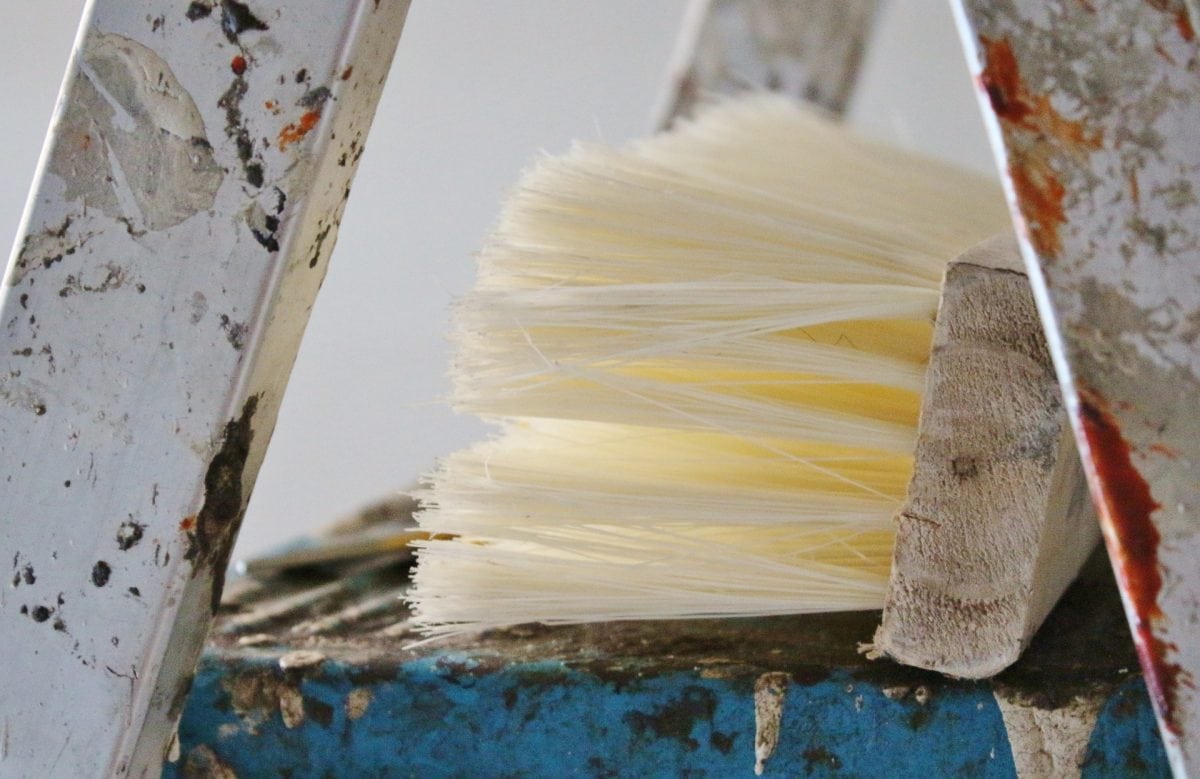
Removing Strippable Wallpaper
Materials
- Putty knife
- Your hands
- Soap
- Water
- Rags
So easy even a caveman can do it (credit to Geico for this genius line). Strippable wallpaper actually is the easiest to remove, and here’s how:
- At a bottom corner or seam, use a putty knife to pry up the edge of the wallpaper covering
- Grab the strip and pull until both bottom corners of the strip are free. Use both hands to strip it off
- Repeat around the room
- Clean walls with soap and water to remove any residue, then allow it to dry
Stubborn wallpaper? Use a razor knife! Holding the knife horizontal to the wall, make a series of cuts in the wall about 10″ apart. Then loosen the section and pull it free. Wait, is the drywall surface coming up too?!
Dealing with Sticky Drywall
Stop, drop, and repair immediately. If the drywall paper is coming off with the wallpaper it generally means the drywall wasn’t sealed with enough paint. Glue down loose pieces and seams and fill in uneven areas with a non-shrinking spackling compound. Sand your repairs and apply on oil-based sealer with an enamel undercoat before continuing to remove wallpaper.
Speaking of continuing, keep reading to learn how to free your walls from peelable wallpaper.
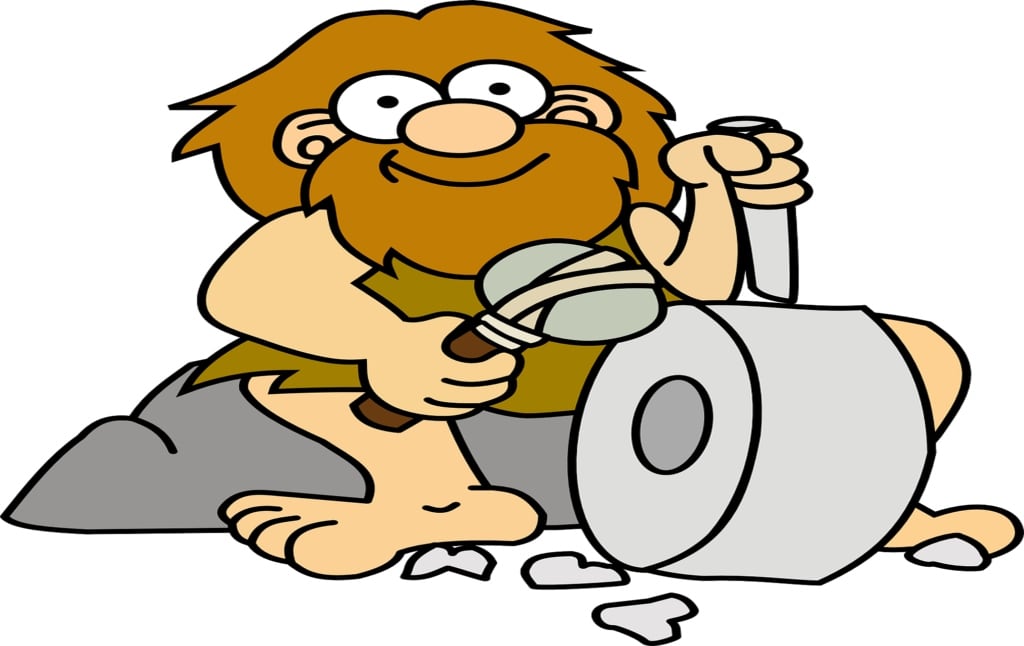
Removing Peelable Wallpaper
Materials
- Putty knife
- Wallpaper stripper and water
- Spray bottle/garden sprayer/paint roller (personal preference here)
- Ladder
- Scoring tool
- Rubber gloves
- Rags
- Soap
It’s like an ogre or an onion- you’ve gotta peel back the layers:
- Find and loosen a top corner of the wallpaper. Once the top layer is off, you have to deal with the backing.
Even if the backing is in good condition it’s best to remove it.
- Soak the backing with warm water using a rag, roller, or sponge for several minutes.
- Scrape and peel of the backing (can use the putty knife for this).
- Wash away any leftover residue
There you have it, now your walls are paper free!

Removing Washable Wallpaper
Materials
- Scoring tool
- Spray bottle
- Putty knife
- Water
- Soap
- Rags
Washable wallpaper is awash with a plastic film covering. This covering prevents water from damaging it, but it also means removing it can be a pain. Here’s the easiest way to do it:
- Break the plastic film with a scoring tool, creating several slits a few inches apart
- Use a spray bottle to soak the paper where the slits are
- Wait 10 minutes then scrape with a putty knife. Scrape at an angle so you don’t end up gouging the wall
You can use a wallpaper remover if the adhesive is being especially sticky. Work in small patches to avoid drying out
Now your washable wallpaper is gone!
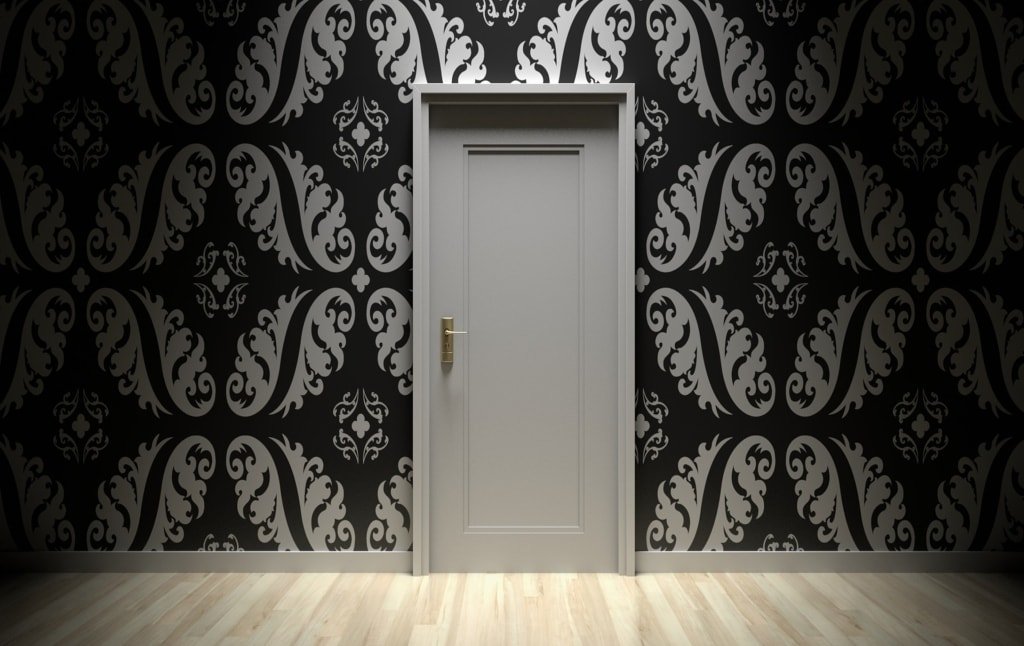
Remove Wallpaper with Steam
Materials
- Electric steamer (rent, don’t buy)
- Safety goggles
- Rubber gloves
- Putty knife
- Scoring tool (if you need one)
- Soap
- Water
- Rags
This is a strenuous job. You have to steam and strip at the same time, so it may be in your best interest to find a helper (maybe your nearby kid). The more hands you have the easier it’ll be. The reason for using steamers is usually due to the wallpaper glue. Steamers use boiling water to loosen the glue holding the wallpaper to the wall so you can peel it off.
If the wallpaper is vinyl, use a scoring tool to punch holes in the paper so the steam can get to the glue
Read the manufacturer’s instructions, which are basically:
- Ensure the power is off
- Pour warm water into the reservoir
- Turn steamer on and let the water reach boiling point
- With goggles and gloves on, place steam pad firmly on the wall for around 30 seconds
- Remove pad and you should see loose paper, which you’ll remove with a scraper
Now you know how to remove wallpaper of any type!
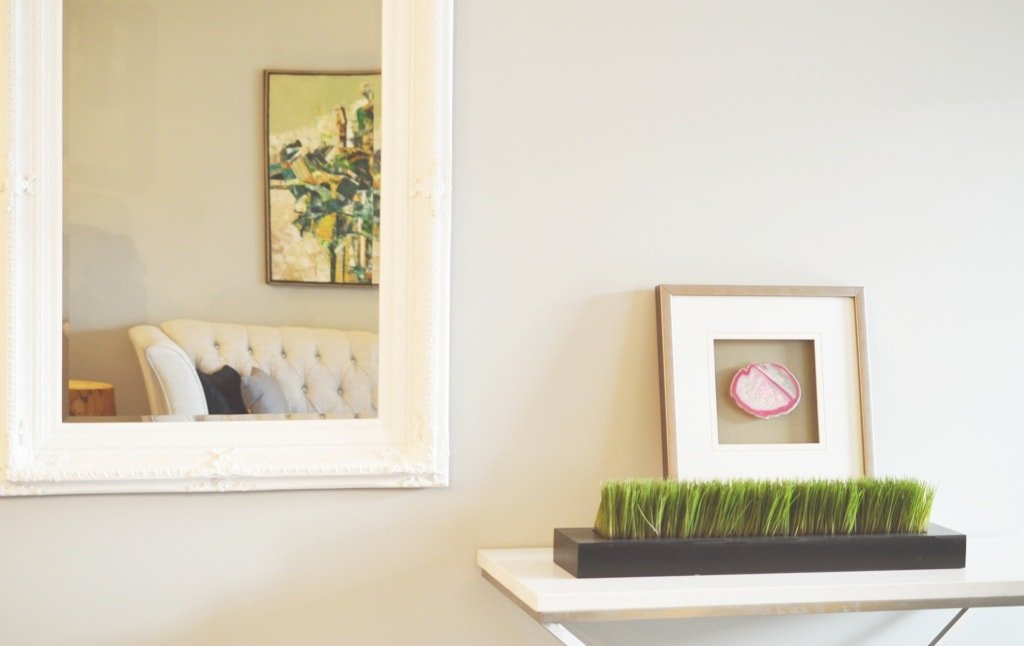
What’s Next?
Soon your wallpaper will be gone and your walls free! They’ll also be pretty barren looking. Are you going to leave them looking plain or will you do another home improvement project? You could put up a different wallpaper or you could paint your walls a certain sheen. It’s your art project to do with as you please (or for you to do with as your spouse pleases). If you decide to paint your walls, make sure the paint works for the room. The wrong paint may not hold up as well as the correct one.
